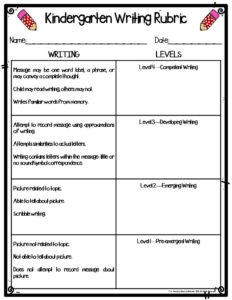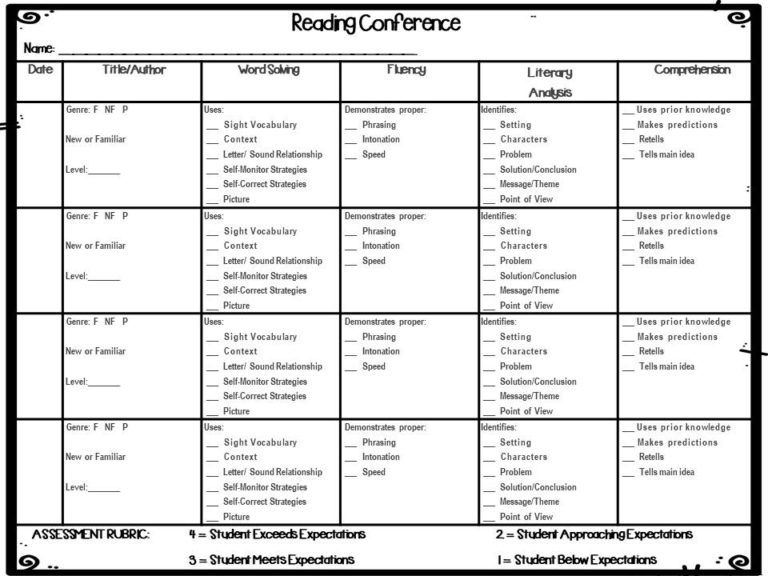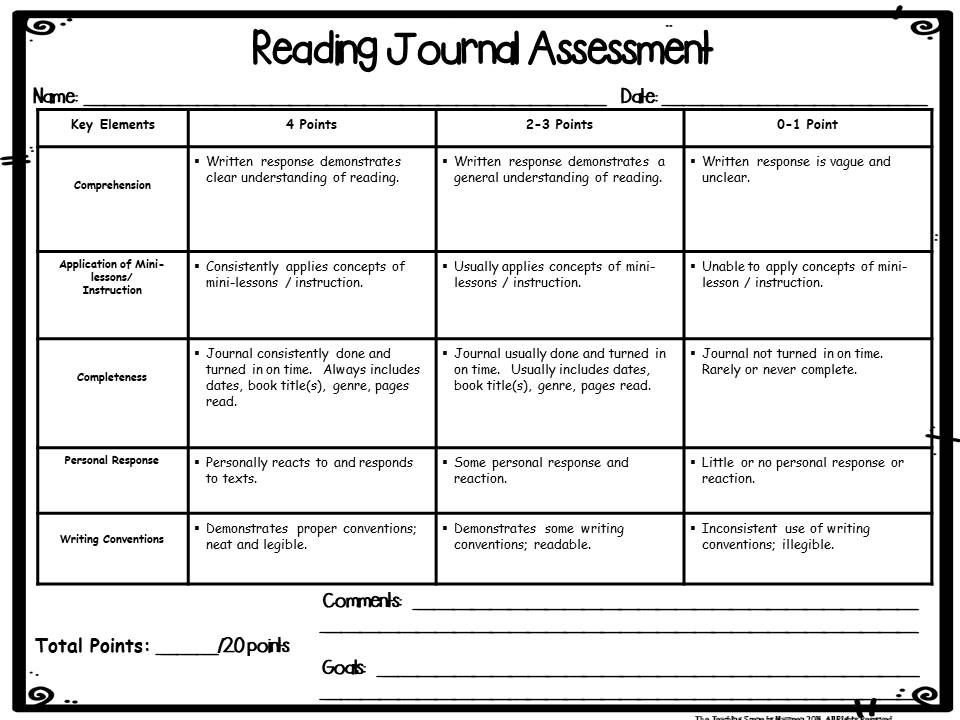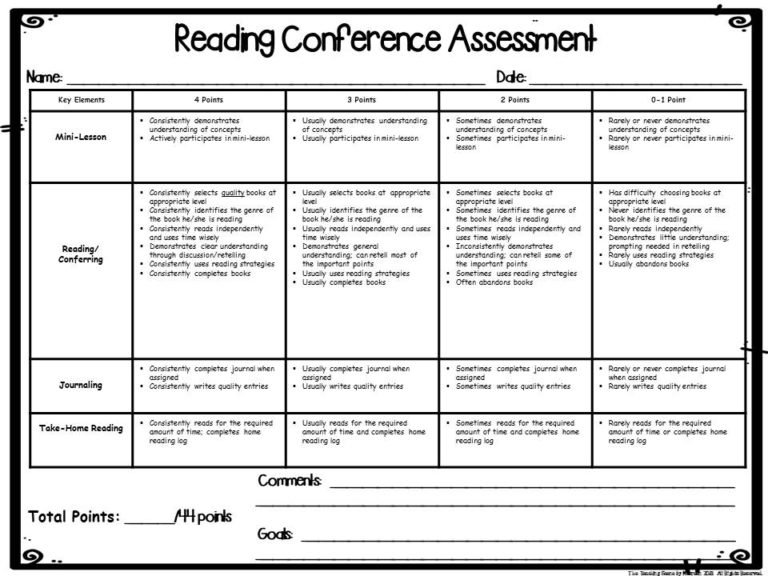Do you use rubric assessments for lower elementary students? What is a rubric? Are there different types or kinds? How do you develop a rubric for your students? These question will be answered here!
First, we will define what a rubric is and its elements. Secondly, we will look at the different types of rubrics. Finally, we will take a look at how you can develop a grading rubric for your students.

1: What are Rubric Assessments?
A rubric is an explicit set of criteria used to assess a student’s performance on an assignment or skill. This assessment is designed to provide more details than a single grade and help the teacher grade more objectively.
Rubrics reduce grading time & subjectivity, give timely feedback and improve students’ ability to include required elements to an assignment. They are usually found in graph or chart form to make it easier for grading & reading feedback.
2: Elements of a Rubric Assessment
Criteria, levels of performance, scores, and descriptors are the four elements of rubrics. These elements become a unique assessment for a particular assignment or task.
- Criteria: Identifies the skills that are to be measured. It may include a definition and/or example to help the student understand how the assignment is being graded. Ex: Reading Conference: Word Solving, Fluency, Literary Analysis & Comprehension
- Levels of Performance: Degrees of performance that students meet on an assignment or task. Provide consistent and object assessment that provide students with feedback. Ex: Reading Conference: Student Exceeds Expectations; Student Meets Expectations; Student Approaching Expectations; Student Below Expectation
- Scores: The system to rate each of the criteria and are combined with the levels of performance. Ex: Reading Conference: 4=Student Exceeds Expectations; 3=Student Meets Expectations; 2=Student Approaching Expectations; 1=Student Below Expectation
- Descriptors: A specific description of the performance at each level. They show how the student is scored and what the expectations are. Ex: Reading Conference Comprehension Criteria: Student uses prior knowledge; makes predictions; retells story; tells main idea of text
3: Types of Rubrics
There are different types of rubrics and are determined by what and how you plan to evaluate your students. Here are a few examples of rubric assessments.
- Holistic: A rubric that assesses on a single score and are good for evaluating performance on a specific task such as reading fluency.
- Analytical: With this type of rubric, students are assessed on each criterion separately. They provide more detailed feedback for students, teachers, and parents.
- Generic: Students are assessed on general criteria across task and are used for similar tasks. It is used when students are not all doing the same task or when teachers are trying to assess across different courses.
- Task-Specific: These rubrics assess a specific task and each criterion are assessed separately. They provide a consistent score and are easier and faster to grade. It can be used on state-level assessments or whether a teacher needs to know if a student knows a particular skill.
4: Developing a Rubric
To develop your own rubric for a specific task or skill you must decide what type of rubric best meets your needs. You may be able to find a variety of rubrics online which can be modified to also meet your needs.
However, if you must create a rubric for an assignment or task you must include the four elements above: criteria, levels of performance, scores, and descriptors.
- Select the task or skills to be assessed
- List Criteria and their descriptions
- Determine level of performance words or phrase
- Develop scoring system
- Write Descriptors for each level of performance
Finally, it is important as an instructional tool to evaluate the rubric each time it is used. Does it match and measure the goals and objectives you have selected? Are more details needed? Do students understand what the rubric is assessing and how to use the rubric?
Grab your Free First Grade Writing Rubric Here!
In summary, rubric assessments for lower elementary students are effective instructional tools for teachers. They allow teachers to grade objectively on a range of tasks, assignments and skill areas. Rubrics show students how to meet expectations and make them more accountable for their work.
Find some more reading activities and assessments in my store, The Teaching Scene by Maureen.
To read more topics check out my blog, “Seven Effective First Grade Assessment Tools”



